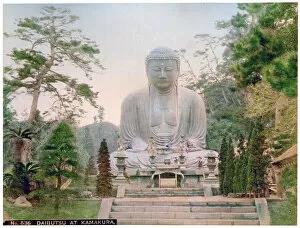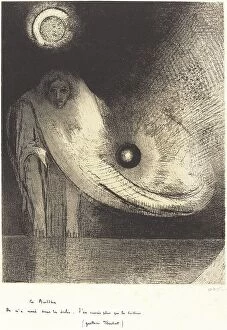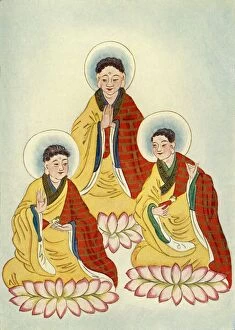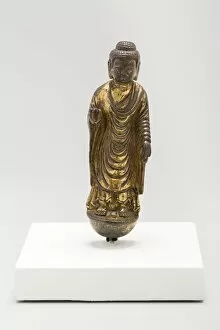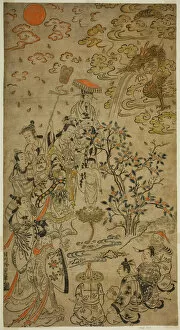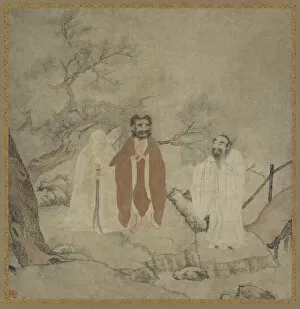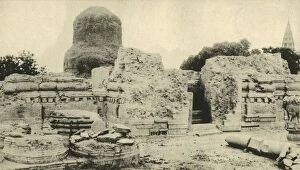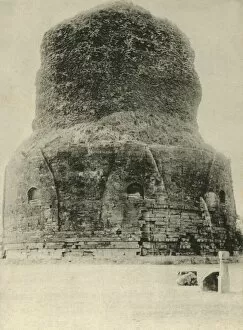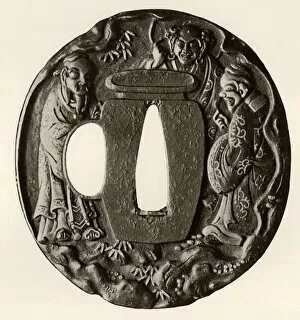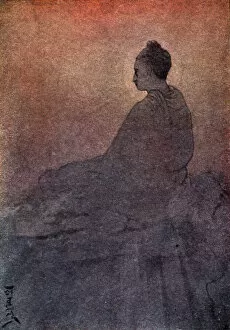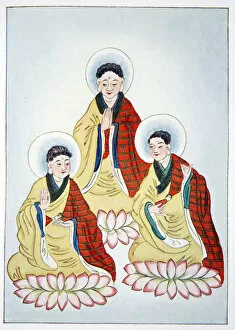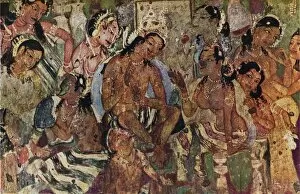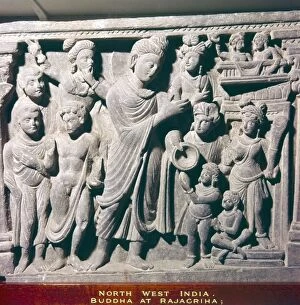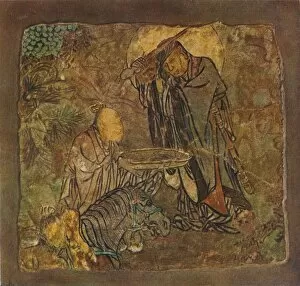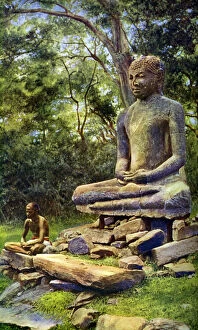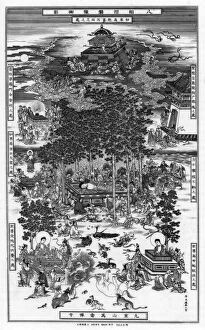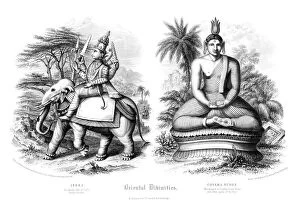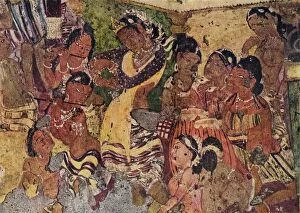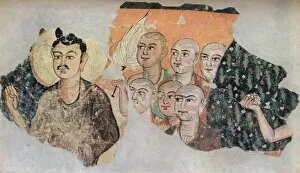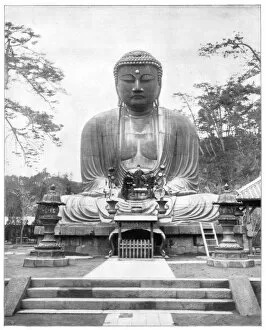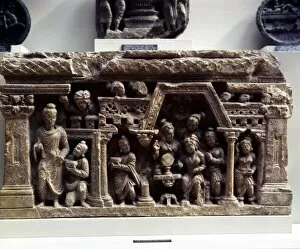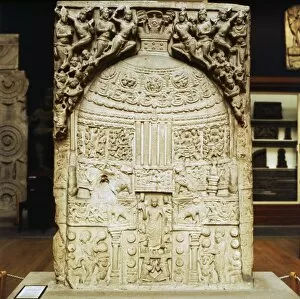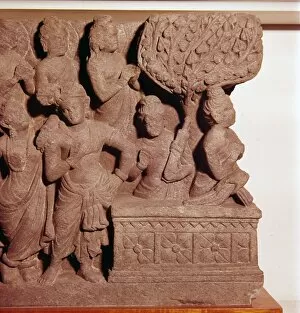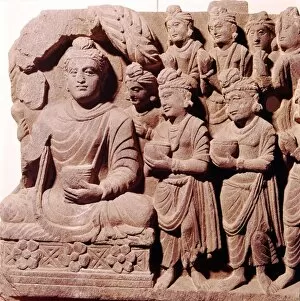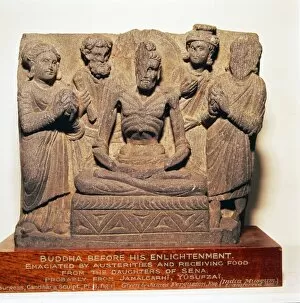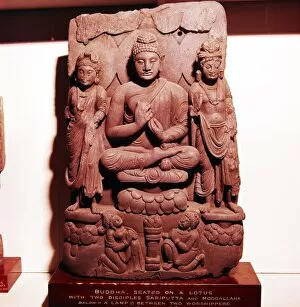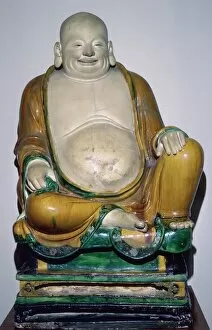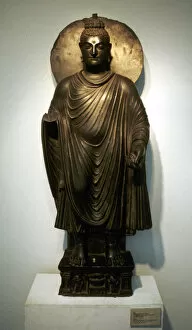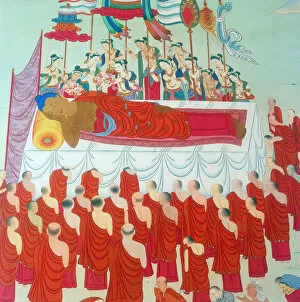Siddharta Collection
"Siddharta: A Journey through Buddhist Art and Iconography" Embark on a visual voyage through time as we explore the captivating world of Siddharta
For sale as Licensed Images
Choose your image, Select your licence and Download the media
"Siddharta: A Journey through Buddhist Art and Iconography" Embark on a visual voyage through time as we explore the captivating world of Siddharta, the historical figure who would later become known as Gautama Buddha. From ancient cave paintings to modern-day masterpieces, these artworks offer glimpses into the life and teachings of one of history's most revered spiritual leaders. Our journey begins in Kamakura, Japan, where we encounter the majestic Daibutsu. This early 20th-century bronze statue stands tall, symbolizing Siddharta's enlightenment and serene presence that continues to inspire millions. Next, we delve into India's Ajanta Caves with their mesmerizing wall paintings depicting Raja Mahajanaka. These intricate artworks from around 480 AD narrate tales of Siddharta's previous lives before attaining Buddhahood. Moving forward in time, we come across "The Buddhist Triad, " an enigmatic masterpiece from 1922 whose creator remains unknown. The triad showcases Buddha alongside two other influential figures - Sakyamuni and Confucius - representing harmony between different philosophies. Intriguingly preserved from the second century is a depiction of Gautama Buddha at Rajagriha offering dust as a gesture of humility and compassion towards his disciples. This poignant artwork reminds us of Siddharta's unwavering dedication to spreading love and wisdom throughout his lifetime. Transitioning to China during the Tang dynasty, we encounter a standing Buddha sculpture displaying Abhaymudra or the hand gesture of reassurance. Created during this golden age for Buddhism in China, it represents Siddharta's ability to provide solace and dispel fear among his followers. Hanekawa Chincho invites us into another dimension with his stunning portrayal titled "Birth of the Buddha" dating back to approximately 1710. Through vibrant colors and meticulous details, he captures Siddhartha’s miraculous arrival into the world, surrounded by celestial beings and divine blessings.

